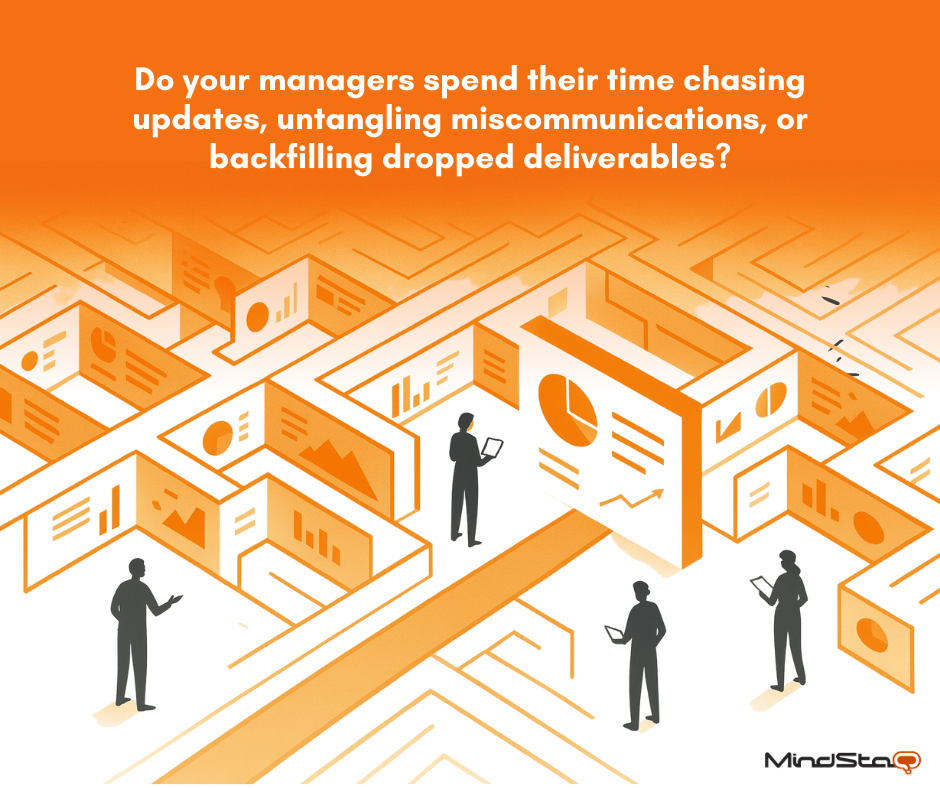Operational Visibility in Professional Services: How Scorecards Surface Risks, Align Delivery, and Build Client Trust
- Abu Moniruzzaman
- Sep 15
- 2 min read

When your business is built on billable expertise, every hour, every client conversation, and every deliverable has to land just right. But in many professional services firms, scale doesn’t just bring growth. It brings drag.
You’re hiring more people, juggling more clients, and spinning up more parallel work streams.
But instead of clarity and control, your managers spend their time chasing updates, untangling miscommunications, or backfilling dropped deliverables. For every new layer of client complexity, there’s a matching layer of internal confusion.
Confusion costs more than just time
Most professional services operations are held together by heroic effort and not clear systems. Practice leads rely on their trusted lieutenants. Project managers track status in spreadsheets or siloed tools. Team leads run on gut feel. And when a client asks for an update, the default response is a scramble.
It’s rarely dramatic.
This kind of chaos doesn’t show up in your P&L directly. But it eats into your margins. It slows down delivery. It forces your best people to spend their time managing operations instead of solving high-value client problems. And worst of all, it’s hard to see until something breaks.
Traditional dashboards don’t solve it
You may already have a few tools in place. Time tracking? Check. Task boards? Probably. Project charters and kickoff docs? Somewhere in the drive.
But none of these tools answer the core question: What is this team supposed to be achieving, and how are we doing against that?
In most firms, even the teams themselves don’t have a clear answer. Goals are implied, buried in scopes or contracts. Progress is interpreted, not tracked. And accountability becomes a matter of perception, which is exactly where trust erodes.
Scorecard turns scattered effort into coordinated delivery
What professional services firms need isn’t just more data. It’s alignment. The kind that connects every initiative to real outcomes, tracked in real time, across clients, teams, and service lines
Scorecards do exactly that.
They bring together your most important objectives and map them to the actual work your teams are delivering. Whether you run by OKRs, KPIs, or internal milestones, scorecards give every leader a shared view of what matters most, who’s delivering it, and where things are slipping.
Not in theory. In practice.
That includes:
You can spot bottlenecks, track how much of your delivery is on track, and see how client work aligns with your firm’s broader goals without calling another sync.
Make every project accountable to the firm’s direction
Growth can’t come at the cost of reputation. Utilization only matters if it leads to value. And talent retention hinges on giving smart people clarity, not chaos.
A well-structured scorecard is leverage. It turns the murky middle of client delivery into something visible, manageable, and ultimately, scalable.
And yes, MindStaq helps you do this. Not with more tools to manage, but by finally giving your teams a system that connects objectives, deliverables, and accountability in one unified space.
So your people can start delivering like a firm twice your size.



